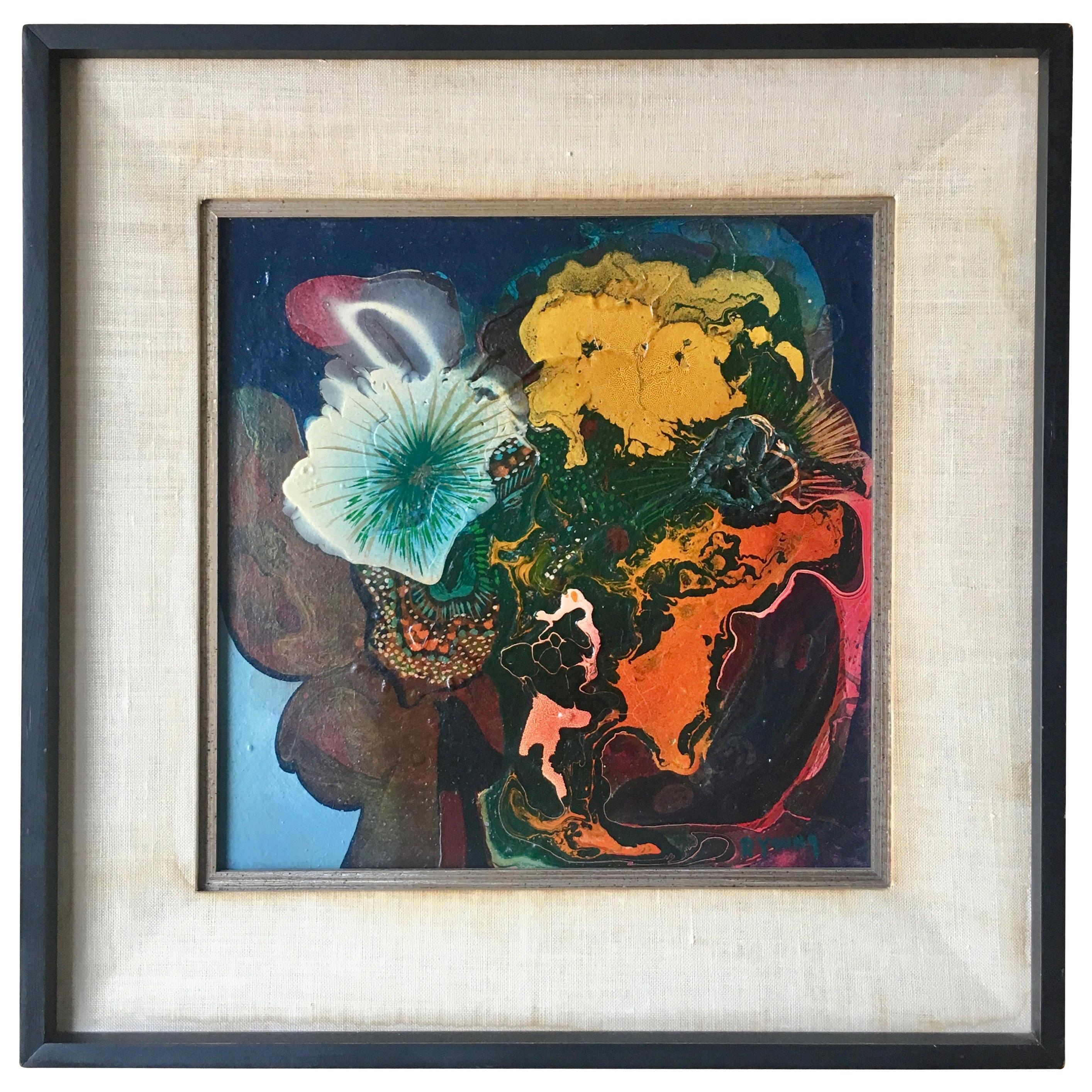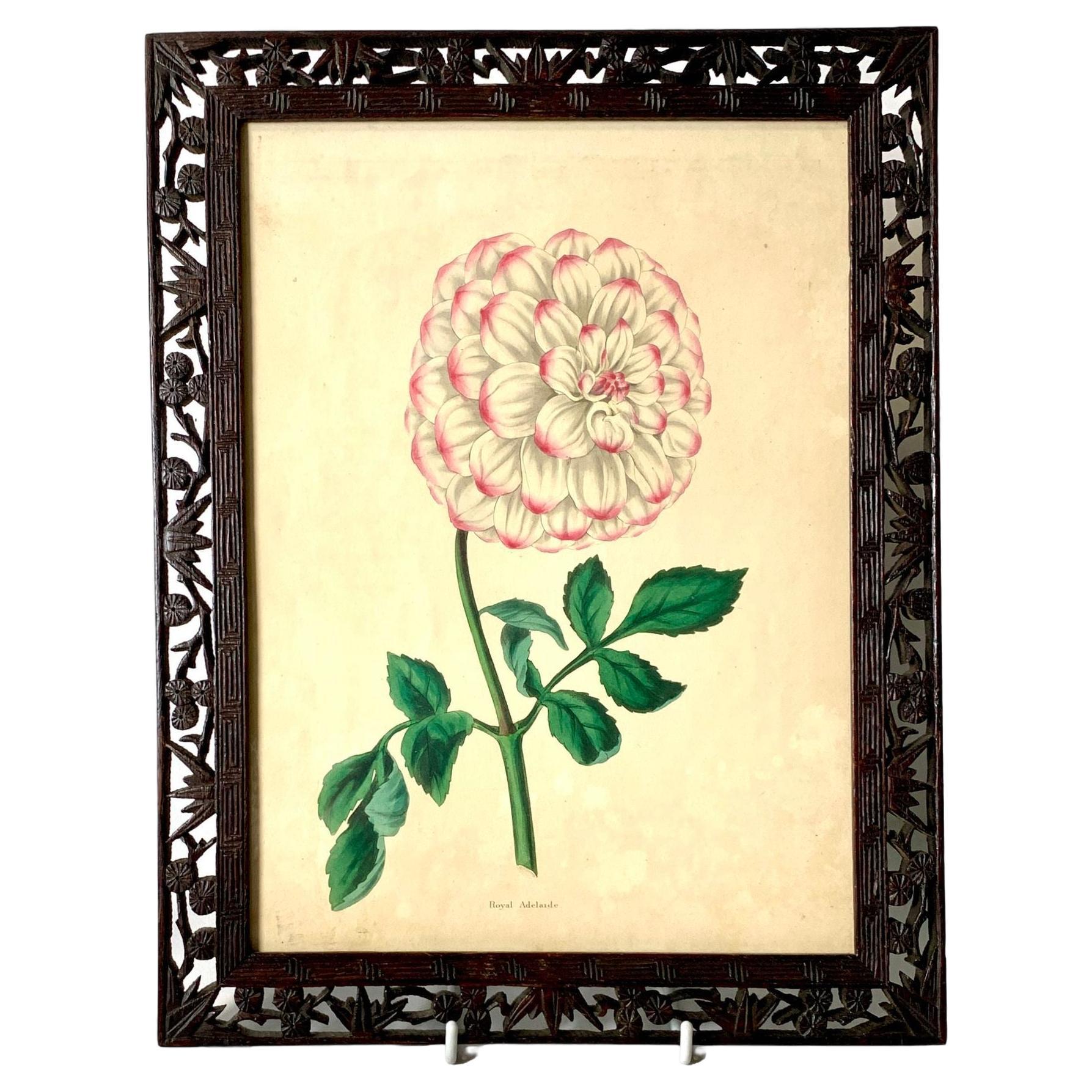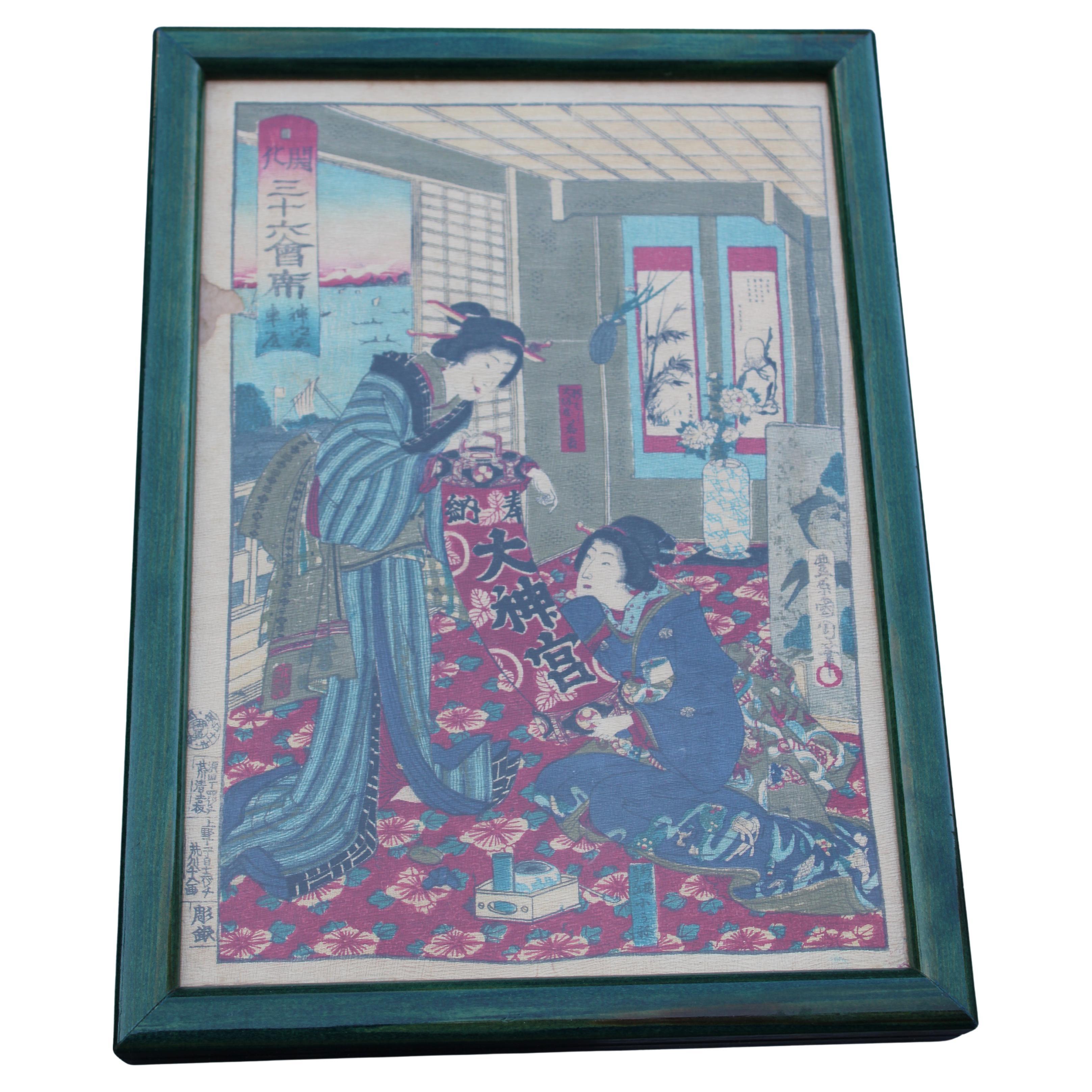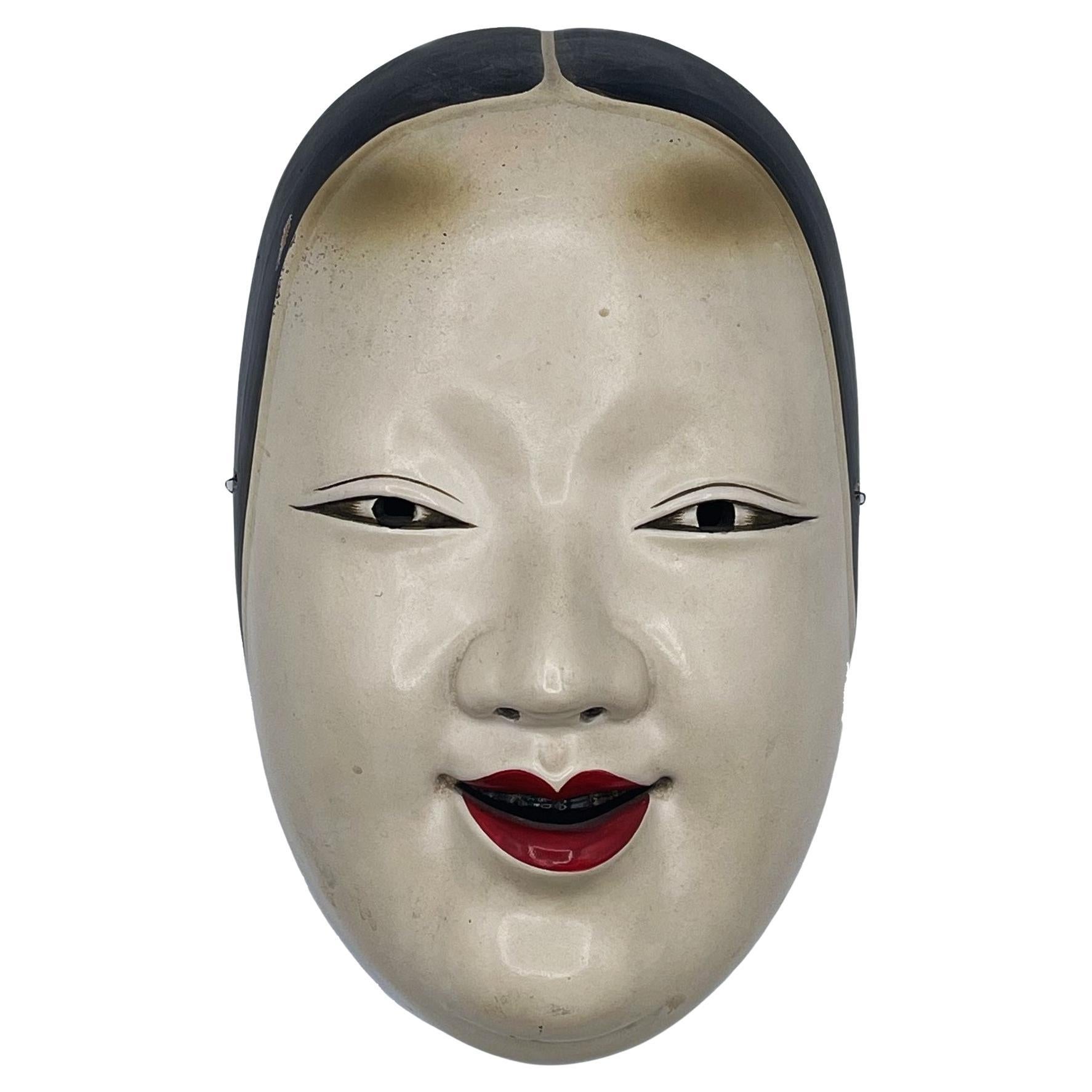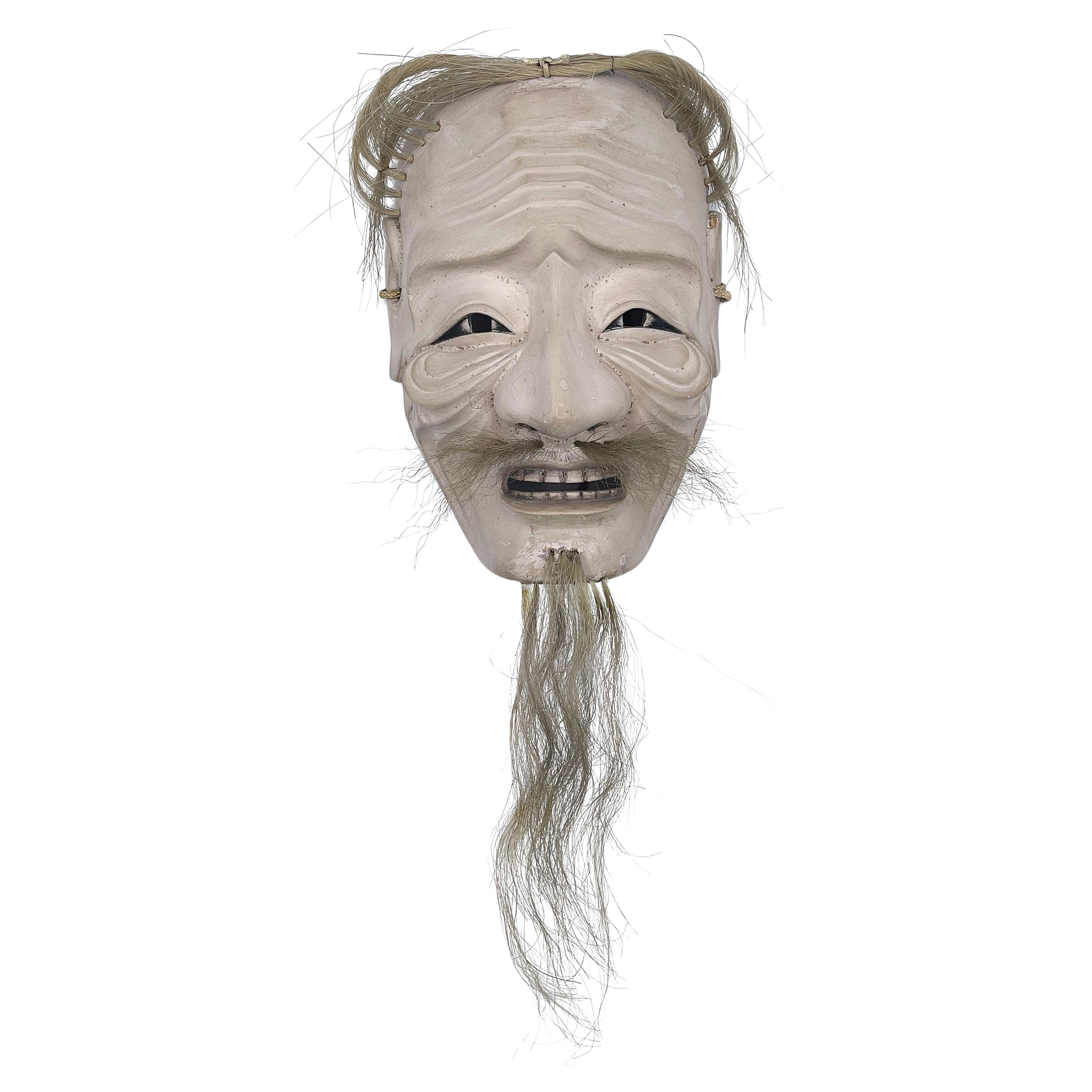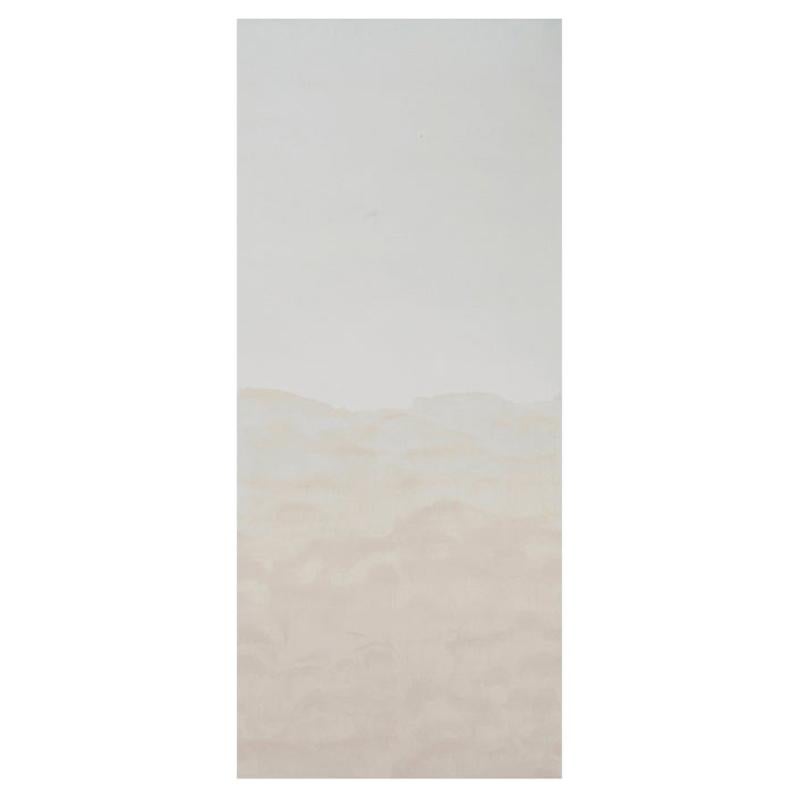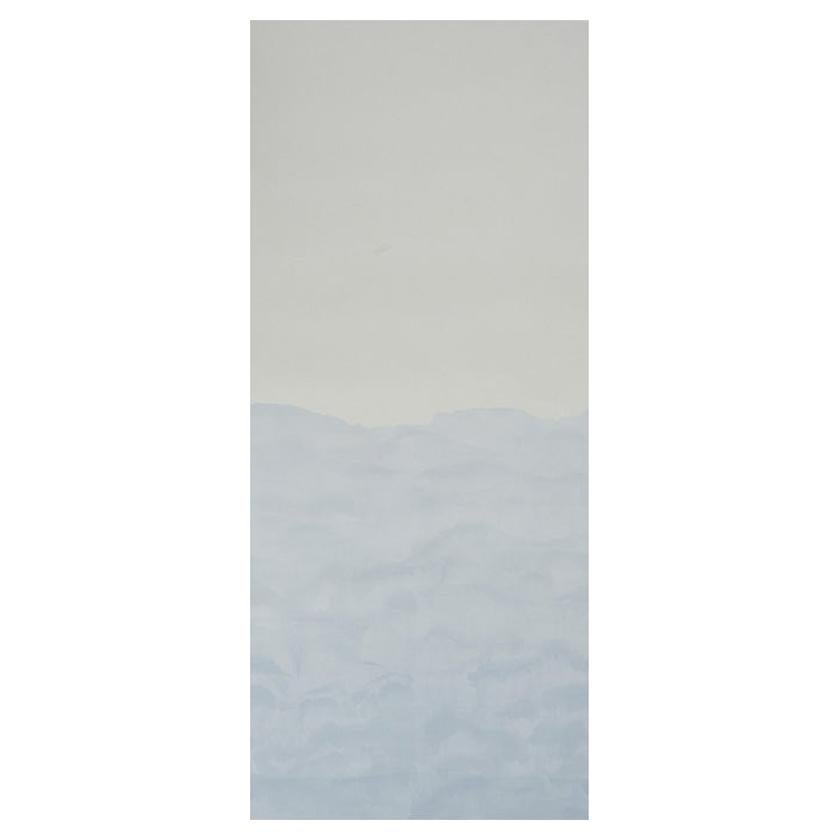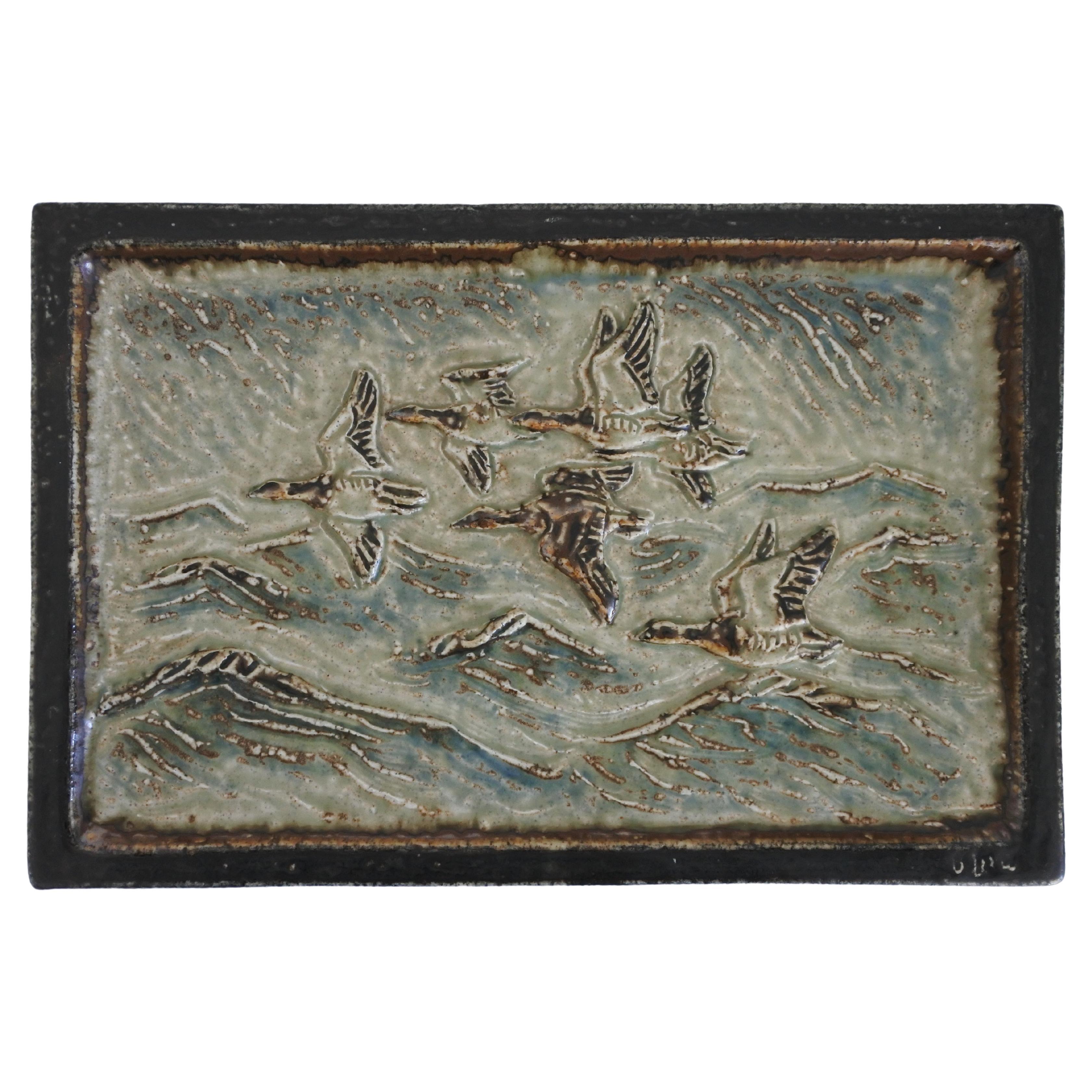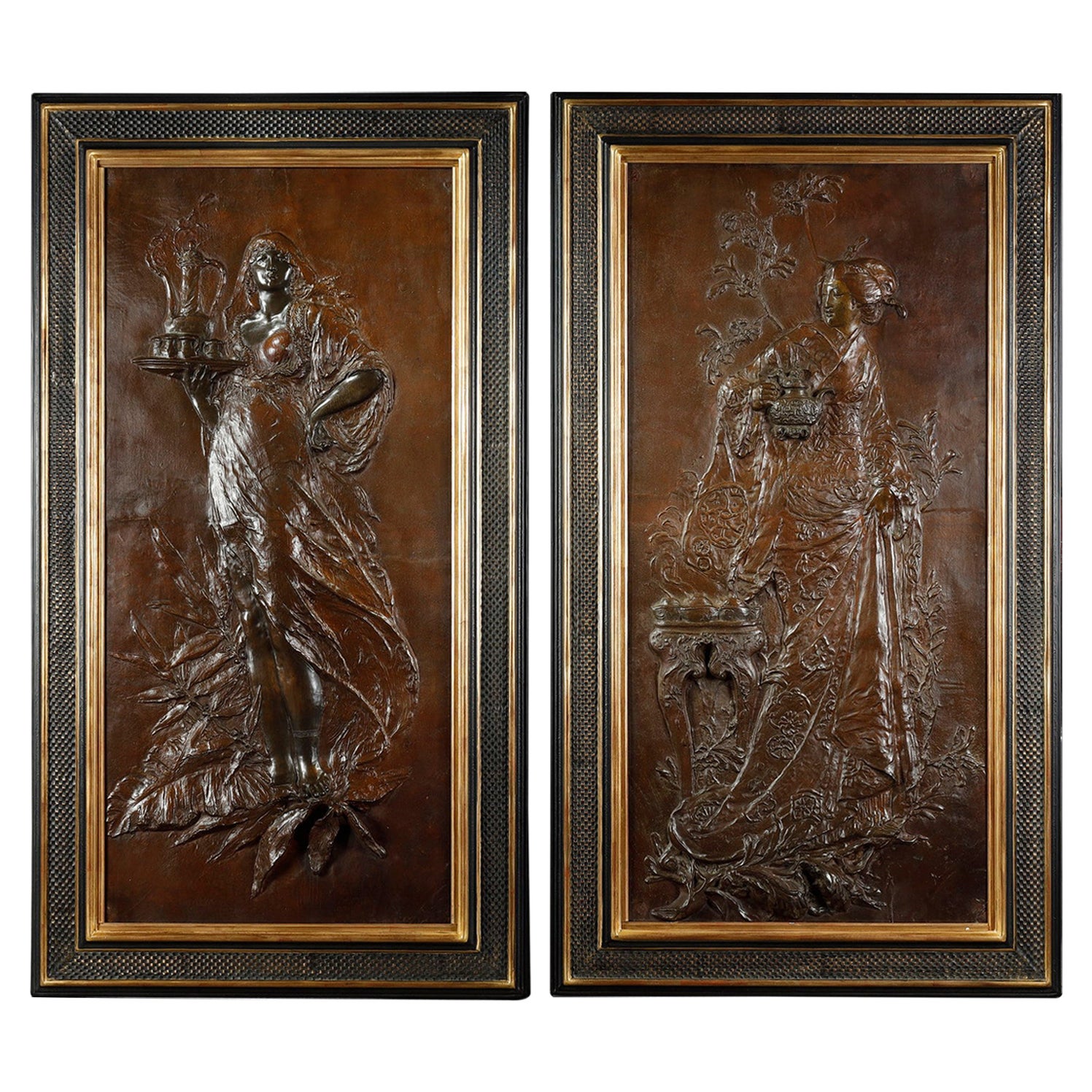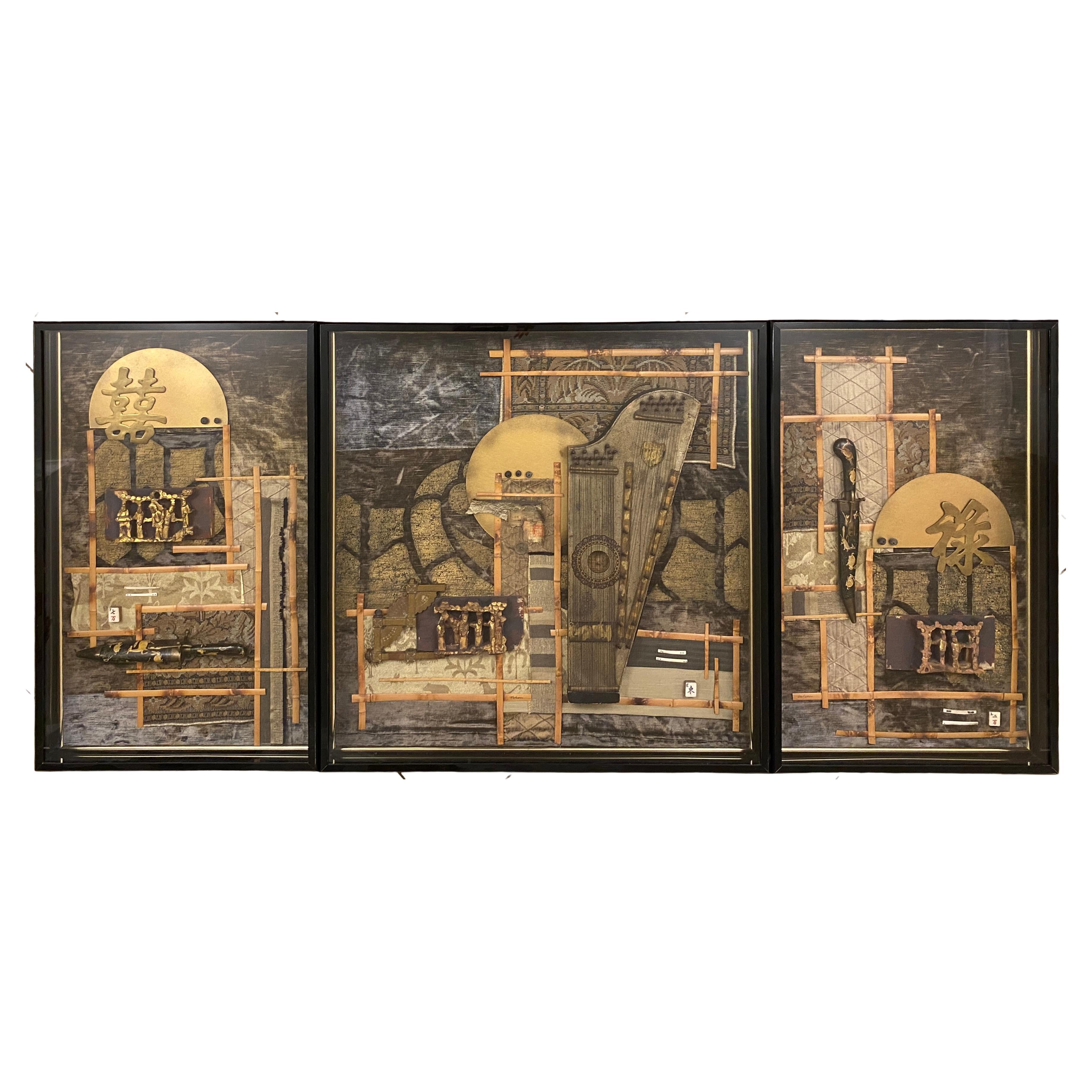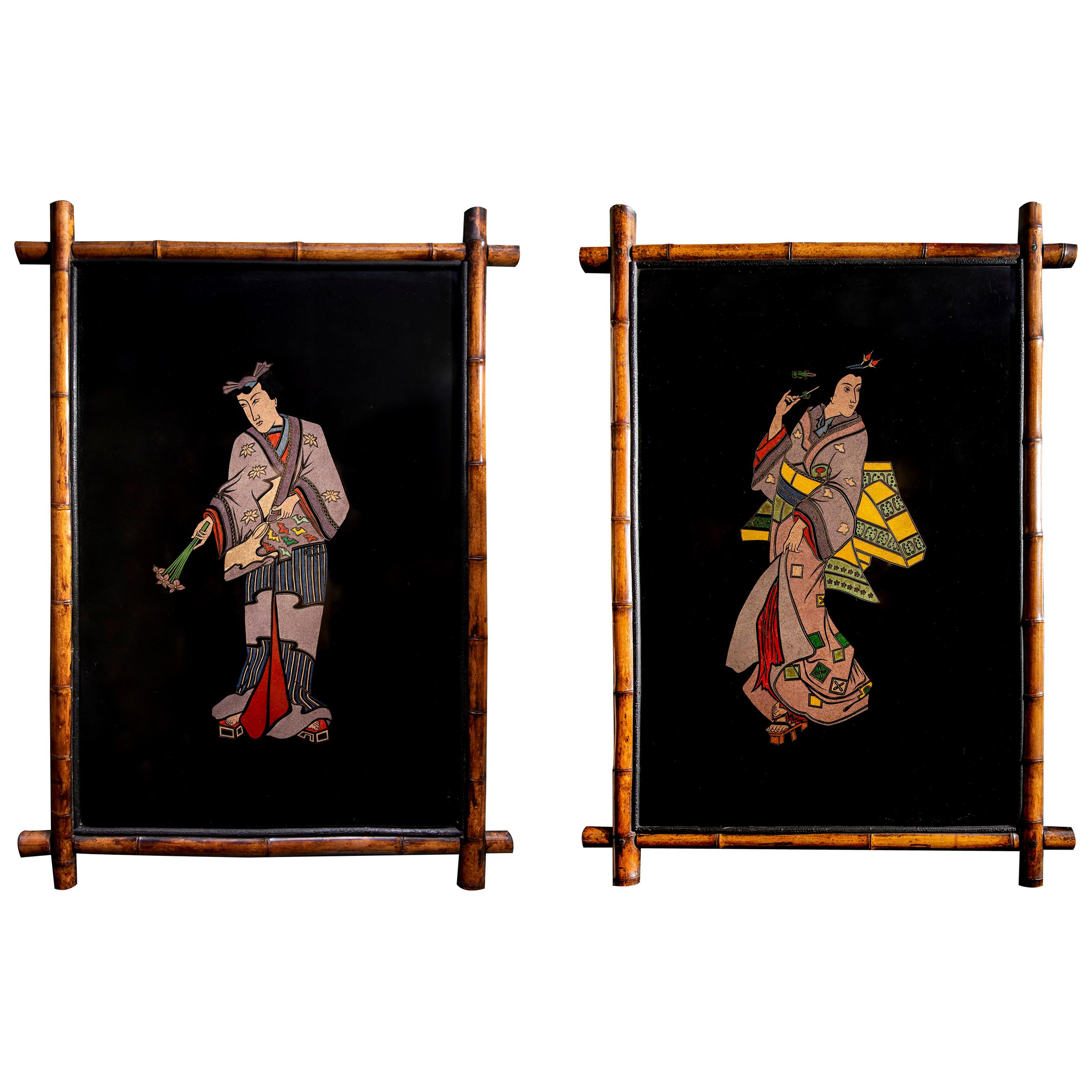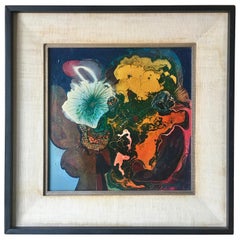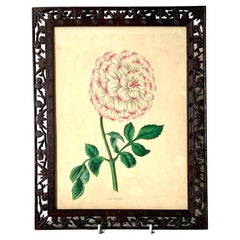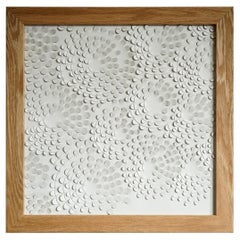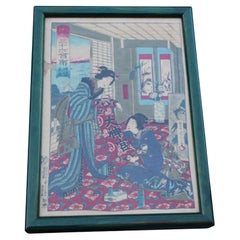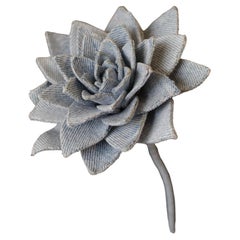
Denim Dahlia2
View Similar Items
1 of 6
Denim Dahlia2
$220List Price
About the Item
- Dimensions:Height: 10.63 in (27 cm)Width: 3.94 in (10 cm)Depth: 3.94 in (10 cm)
- Style:Japonisme (In the Style Of)
- Materials and Techniques:
- Place of Origin:
- Period:
- Date of Manufacture:2024
- Production Type:New & Custom(One of a Kind)
- Estimated Production Time:Available Now
- Condition:
- Seller Location:Yokohama, JP
- Reference Number:1stDibs: LU8327239253602
Authenticity Guarantee
In the unlikely event there’s an issue with an item’s authenticity, contact us within 1 year for a full refund. DetailsMoney-Back Guarantee
If your item is not as described, is damaged in transit, or does not arrive, contact us within 7 days for a full refund. Details24-Hour Cancellation
You have a 24-hour grace period in which to reconsider your purchase, with no questions asked.Vetted Professional Sellers
Our world-class sellers must adhere to strict standards for service and quality, maintaining the integrity of our listings.Price-Match Guarantee
If you find that a seller listed the same item for a lower price elsewhere, we’ll match it.Trusted Global Delivery
Our best-in-class carrier network provides specialized shipping options worldwide, including custom delivery.You May Also Like
"The Dahlia" by R. Young
Located in Denton, TX
Enamel on board painting of a Dahlia flower, circa 1965
some staining on the surrounding matte.
Category
20th Century North American Mid-Century Modern Paintings
Materials
Wood, Paint
$960 Sale Price
20% Off
Antique Botanical Print of Dahlia Flower, Framed
Located in Katonah, NY
This print of a lifesize dahlia is gorgeous!
Made circa 1850, this botanical print displays the name of the flower written just below the green stem: "Royal Adelaide."
The artist has...
Category
Antique Mid-19th Century Decorative Art
Materials
Paper
Dahlia A Piece of 3D Sculptural White Leather Wall Art
By Louise Heighes
Located in Margate, GB
Dahlia:
A piece of 3D sculptural wall art designed and made from two layers of white leather woven together by Louise Heighes.
Measurements are 17 x 17 inches or 43 x 43 cm
Inspire...
Category
2010s European Modern Contemporary Art
Materials
Leather
Print Toyohara Chikanobu Japan Woodcut 1880
By Toyohara Chikanobu
Located in Palermo, Sicily
Print Toyohara Chikanobu Japan Woodcut 1880
Category
Antique 1880s Japanese Japonisme Decorative Art
Materials
Paper
Japanese Noh Theater Ko-Omote Mask, Early 20th Century
Located in New York, NY
Japanese Noh Theater Ko-Omote Mask, Early 20th Century
DIMENSIONS:
Height: 8.5 inches
Width: 4.5 inches
Depth: 3 inches
ABOUT
A finely carved and painted Ko-Omote mask used in trad...
Category
Early 20th Century Japanese Japonisme Decorative Art
Materials
Wood
Japanese Edo Period Ko-jo Mask of an Old Man, ca. 1820
Located in New York, NY
Japanese Edo Period Ko-jo Mask of an Old Man, ca. 1820
Edo Period (1603-1868)
DIMENSIONS:
Length: 15” (with beard)
Length: 8” (without beard)
Height: 4”
Width: 5.5”
ABOUT
A Japanese Edo Period (1603-1868) Ko-jo Mask of an Old Man refers to a traditional theatrical or ceremonial mask crafted during Japan’s Edo period (1603–1868). Here's a breakdown of what this object typically represents and why it's significant:
The term "Ko-jo" (or Kojo) roughly translates to "old man" or "aged person" in Japanese. A Ko-jo mask often portrays the face of an elderly man, typically with exaggerated age features: deep wrinkles, sagging skin, a long nose, bushy eyebrows, and sometimes a beard. These masks are usually used in Noh, Kyogen, or folk performances, and occasionally in Shinto rituals.
In Noh theater, masks are used to express character types, moods, and spiritual roles. The Ko-jo mask might represent a wise elder, a spirit of age and wisdom, or even a deity.
In Kyogen, which is the comedic counterpart to Noh, old-man masks are used more playfully, often satirizing elderly characters in lighthearted scenes.
The Ko-jo mask may also symbolize ancestral reverence or longevity, tying it to folk beliefs and ritual performances.
Edo period masks...
Category
Antique 1820s Japanese Japonisme Decorative Art
Materials
Wood
